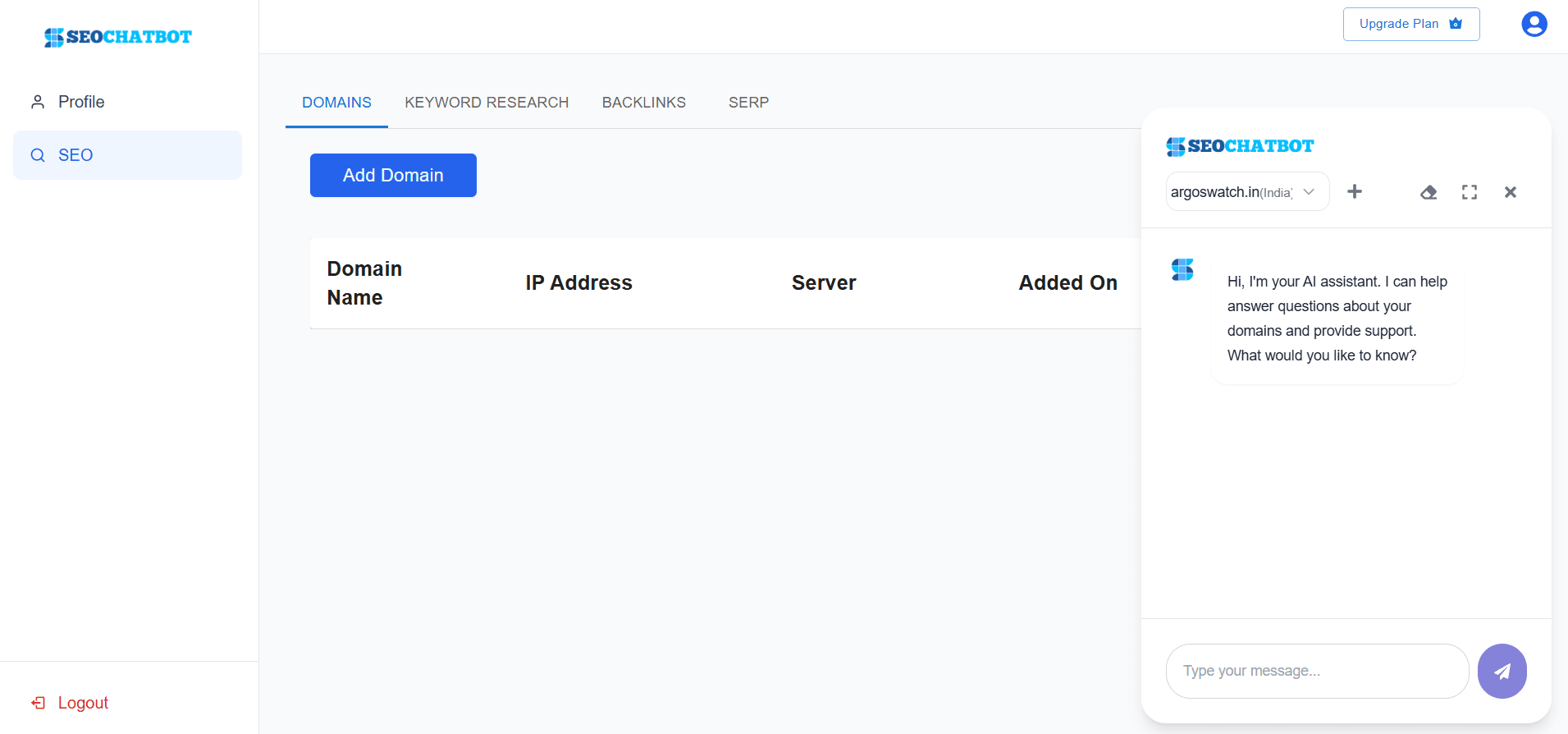The median salary for an SEO specialist is around $69.8k per year, but here's how to do your own SEO analysis without breaking the bank.

Why SEO Analysis is a Game Changer for Your Traffic
In today’s digital-first world, getting found online is everything. With over 8.5 billion searches happening on Google daily, your website needs to show up when it matters. That’s where SEO comes in. Companies pay big money for SEO experts, with professionals earning an average salary of $69,800 per year, proving just how valuable SEO is.
The good news? You don’t need to hire an expensive agency or pay for costly software to understand and improve your site’s SEO. With free tools and the right approach, you can assess your website’s performance, fix issues, and uncover hidden opportunities to grow organic traffic.
This guide breaks it all down—no fluff, just actionable steps to improve your site’s SEO today.
Step 1: Check Your Website’s SEO Health (Like a Doctor’s Checkup)
Think of an SEO analysis like a health check for your website. Without knowing what’s working and what’s broken, it’s impossible to know what to fix. Start with these key questions:
- Are you ranking for the right keywords? Use Google Search Console to see what terms people search for when they find your site.
- Is your site structured in a way that helps search engines crawl it? Screaming Frog SEO Spider can scan your site for errors like missing meta tags and duplicate content.
- Is your site fast enough? Google PageSpeed Insights can tell you if your site is slowing visitors down. If it takes longer than 3 seconds to load, you could be losing up to 32% of potential traffic.
Run your website through these free tools to get a clear picture of what needs work.
Step 2: Find and Fix What’s Hurting Your SEO
Even the best websites have SEO problems. Here’s how to find and fix common issues:
- Broken links: Use Screaming Frog or Ahrefs' free broken link checker to spot dead links that frustrate users and hurt rankings.
- Mobile-friendliness: Over 58% of web traffic comes from mobile devices. Google’s Mobile-Friendly Test will show if your site works well on phones and tablets.
- Content gaps: Are you missing opportunities to answer key questions for your audience? SEOCHATBOT can help find high-ranking topics your competitors cover—but you don’t.
Fixing these issues can give your site an instant SEO boost.
Step 3: Uncover Hidden SEO Wins (That Most People Ignore)
SEO isn’t just about fixing problems—it’s about finding new ways to grow. Here are some easy wins you might be missing:
- Page 2 keywords: If you’re ranking on page 2 of Google, you’re close! Google Search Console can show keywords where a small tweak—like adding better content or getting a few backlinks—could push your site to page 1.
- Backlink opportunities: Websites that rank in the top 10 have 3.8 times more backlinks than those that don’t. Use SEOCHATBOT or Google Search Console to find sites linking to competitors, then reach out for links to your content.
- Low-hanging content improvements: Find pages on your site with high impressions but low clicks. A quick title or meta description rewrite could increase click-through rates and bring in more traffic overnight.
Step 4: Track Your Progress (Because SEO is a Long Game)
SEO isn’t a one-time fix—it’s an ongoing effort. Regularly check progress using:
- Google Search Console to track keyword rankings and clicks.
- Google Analytics to see traffic trends and bounce rates.
- SEO audits every month to spot new issues before they become major problems.
If organic traffic increases by 15% after making changes, you’re on the right track!
Want to Speed Things Up? Use AI for SEO Analysis
Doing SEO manually takes time, but AI-powered tools like SEOCHATBOT can make it faster and easier. Instead of digging through reports, AI tools can:
- Instantly scan your website and suggest fixes.
- Find the best keywords for your content.
- Identify backlinks that could boost site authority.
While AI tools save time, they work best when combined with a solid understanding of SEO fundamentals. Use them as an assistant—not a replacement for good SEO strategy.

Take Control of Your SEO (Without Spending a Fortune)
You don’t need a big budget to improve SEO. With free tools, a little effort, and a data-driven approach, you can:
- Diagnose SEO problems before they hurt rankings.
- Fix site errors that are holding you back.
- Find hidden opportunities to increase organic traffic.
- Track progress and continuously improve.
Start today, apply these steps, and watch as your website climbs the rankings—without spending a single dollar on expensive SEO tools or agencies!
Check out other blogs as well!


